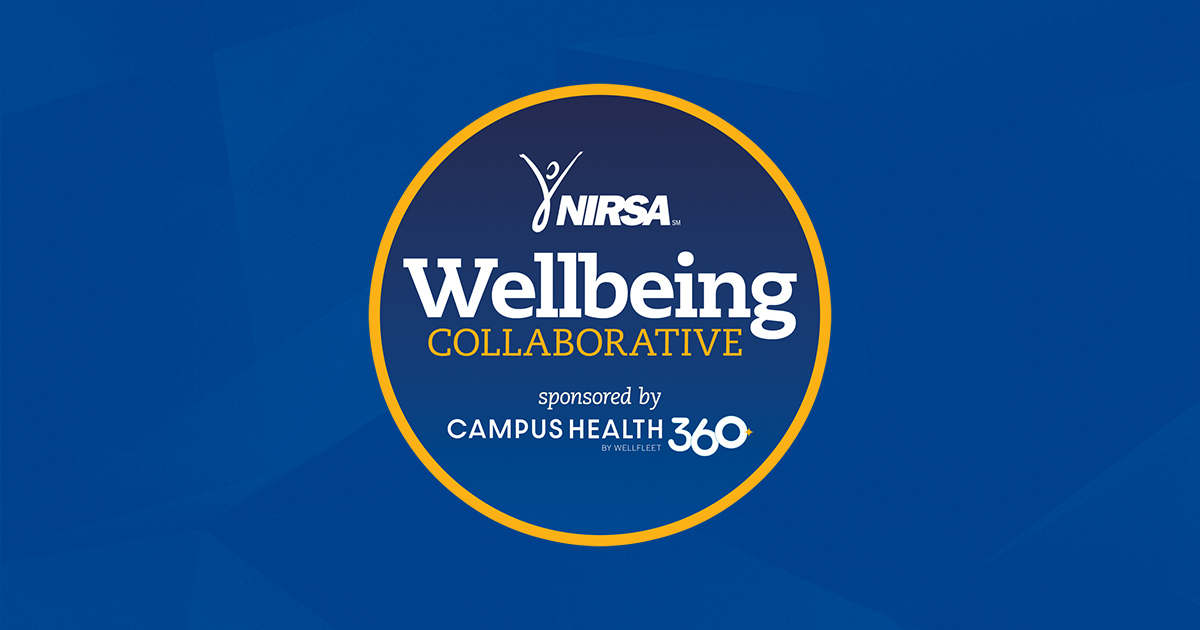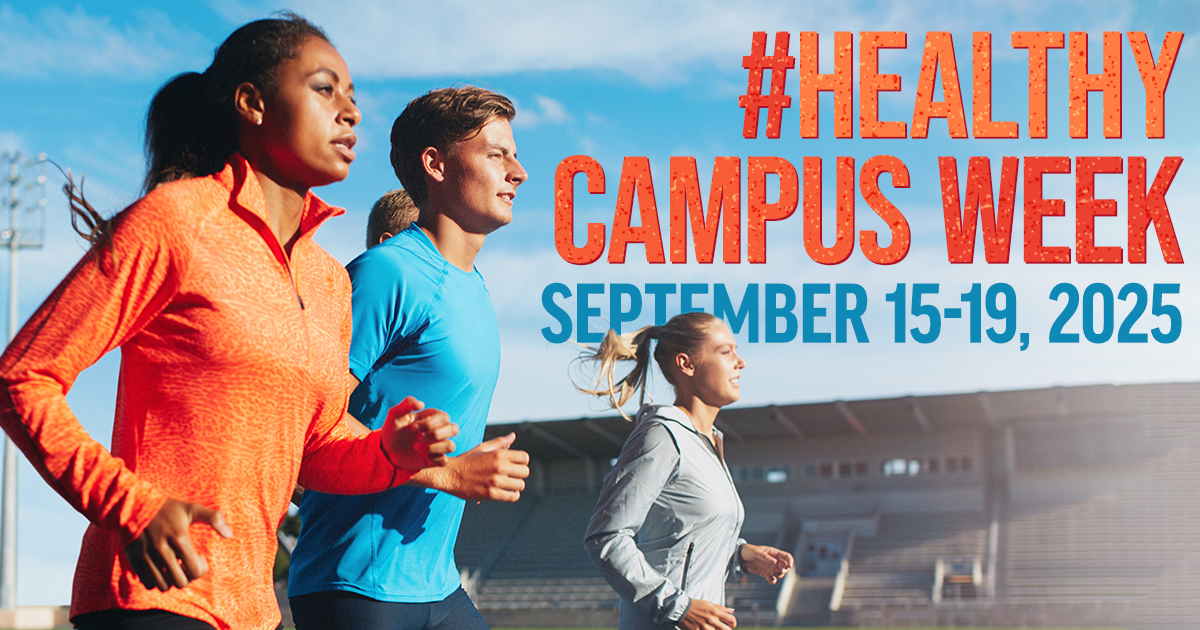When Ali Cross and her family stumbled upon an outdoor fitness system in Virginia Beach, they weren’t expecting to exercise after a big meal and evening out. But playing on the equipment resulted in laughter, a good sweat, and inspiration for bringing “accidental workouts” to Virginia Tech, where Ali is Director of Recreational Sports.
“That’s what I felt like we needed at Virginia Tech,” Ali reflected in the September 15 webinar “You’re the Key to a Healthy Campus.” “Something that was something outside, that was in your way, you stumbled upon it, and then you just couldn’t help yourself that you wanted to try something.”
Virginia Tech transformed a residential quad between four residence halls accommodating 4,000 students into a “Fitness Park” featuring a GameTime outdoor fitness system as a significant structure. It’s been a huge asset that’s given the quad “an identity, a purpose, a beautiful look, and a lot of use,” Ali says.
Recorded access to the webinar by GameTime, a NIRSA Diamond Partner, is available free for NIRSA members and nonmembers alike. View the recording by registering here to learn more about Virginia Tech’s successful healthy campus model, discover research and data demonstrating outdoor fitness as a proven solution to mental and physical health concerns, and receive advocacy tools to help fund and achieve an outdoor fitness space on your campus.
“Pockets of fitness”
Intentionally positioning outdoor fitness spaces in high-visibility areas with significant foot traffic is a key approach to building a healthy campus, Jon Walker, GameTime Product Manager (Outdoor Fitness & Freestanding Play), said in the webinar. This allows students to stumble upon “pockets of fitness” that inspire student curiosity and play.
For facility managers trying to meet NIRSA’s standards of recreational space per student, taking equipment outside to high-traffic areas away from existing rec facilities (like adjacent to residential halls, near visitor centers, or along pathways to dining options) is a holistic solution that:
- frees up overcrowded indoor facilities,
- saves on wages as a non-staffed rec space,
- meets students where they are, and
- supports overall student wellbeing by getting them moving outside in community with others.
At Virginia Tech, the outdoor equipment is branded with the school’s colors and logo—this showcases the university’s commitment to student wellbeing and advertises an active campus. Not behind locked doors or fencing, the fitness system has proven to be an easy-to-manage asset since its opening in 2018. It requires little maintenance and hasn’t presented major safety issues or risk management concerns.
In the webinar, Russel L. Carson, PhD, PlayCore Research and Health & Wellness Advisor, discusses data surrounding student mental health. With 95% of college counselors reporting growing mental health concerns on campus and alarming rates of student anxiety, depression, weight gain, and suicidal thoughts, programs and resources the improve student wellbeing are essential.
Outdoor fitness is a proven solution. In the webinar, Russel summarizes research outcomes from Clemson University and the University of Tennessee at Chattanooga that reveal the benefit of outdoor fitness spaces on the physical and mental health of campus and municipal communities.
“The perfect backyard”
Not only is the Fitness Park “the perfect backyard” for students living on the quad, it’s also become a staple for campus events both planned and organic. Ali had hoped to establish “Friday in the Park” events in the space and found they were already happening because students are so drawn to the space.
The fitness equipment, while mostly used for open recreation, also attracts personal trainers, group fitness classes, competitive philanthropic events, and athletic teams looking to switch up their workouts.
Considerations discussed in the webinar for establishing an outdoor fitness space include:
- Plan the space typology (outdoor gym, obstacle course, functional fitness rig, outdoor studio, custom equipment, etc.) that best fits available space and needs.
- Include equipment that encompasses a well-rounded fitness routine.
- Implement a universal design that allows all fitness levels and abilities to exercise side by side.
- Consider accessibility not only of the equipment but also for travel to and from the space and maneuvering through it. Slip-resistant surfacing is recommended.
- Strategically position signage with ideas for equipment use and policies for the space.
- Add additional amenities—like lighting, shade, AED, power, and trash bins—in the space to increase its use and safety. Don’t forget the surrounding area: Grills, sand volleyball pits, basketball courts, open grass, and bike racks help make the entire area an event-ready campus destination.
“Do a lot of listening”
Being involved in the university’s master plan helped Ali understand Virginia Tech’s goals for the redesigned quad and made it a mutual solution. She developed a presentation with renderings and inspiring visual examples for the space, and heard “let’s do it” from residence life just two slides in.
“Do a lot of listening,” Ali recommends to campus rec professionals looking to secure funding for outdoor fitness spaces. Understanding university-wide goals leads to collaborative solutions that better serve students and provide project funding outside of recreation operation budgets and reserve funds.
Register here to view the free, recorded webinar by GameTime.
- For more information about NIRSA’s Associate Showcase and sponsored content opportunities, please contact NIRSA Assistant Director of Expo & Corporate Relations Kelley Hungerford.
Kelley Hungerford is currently the Assistant Director of Expo & Corporate Relations at NIRSA.








